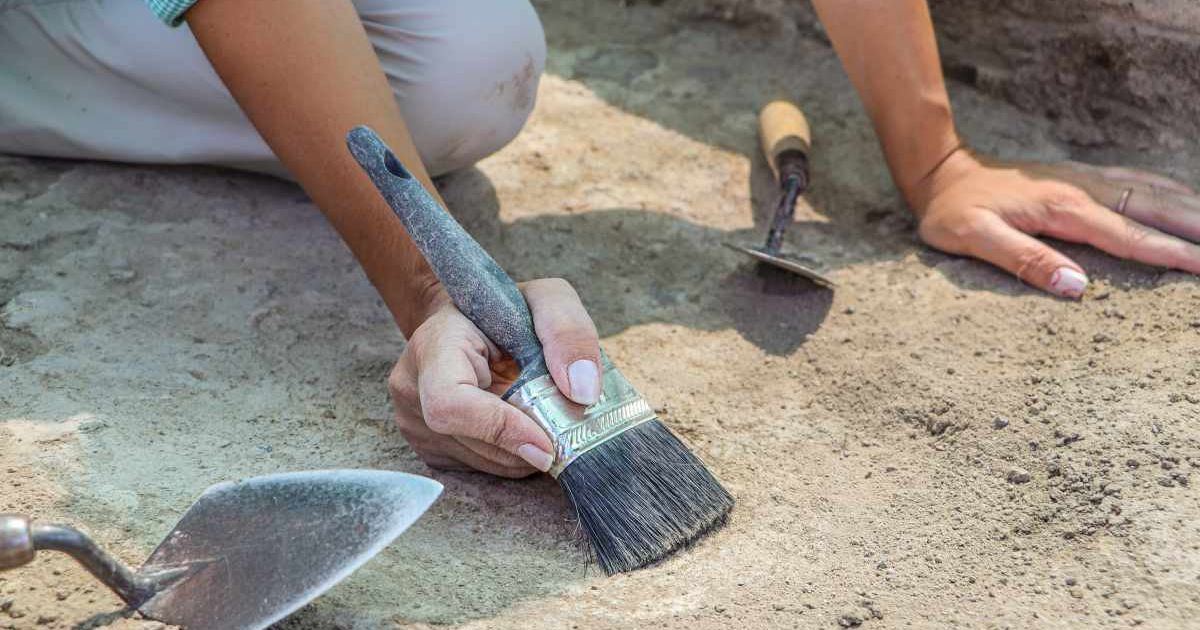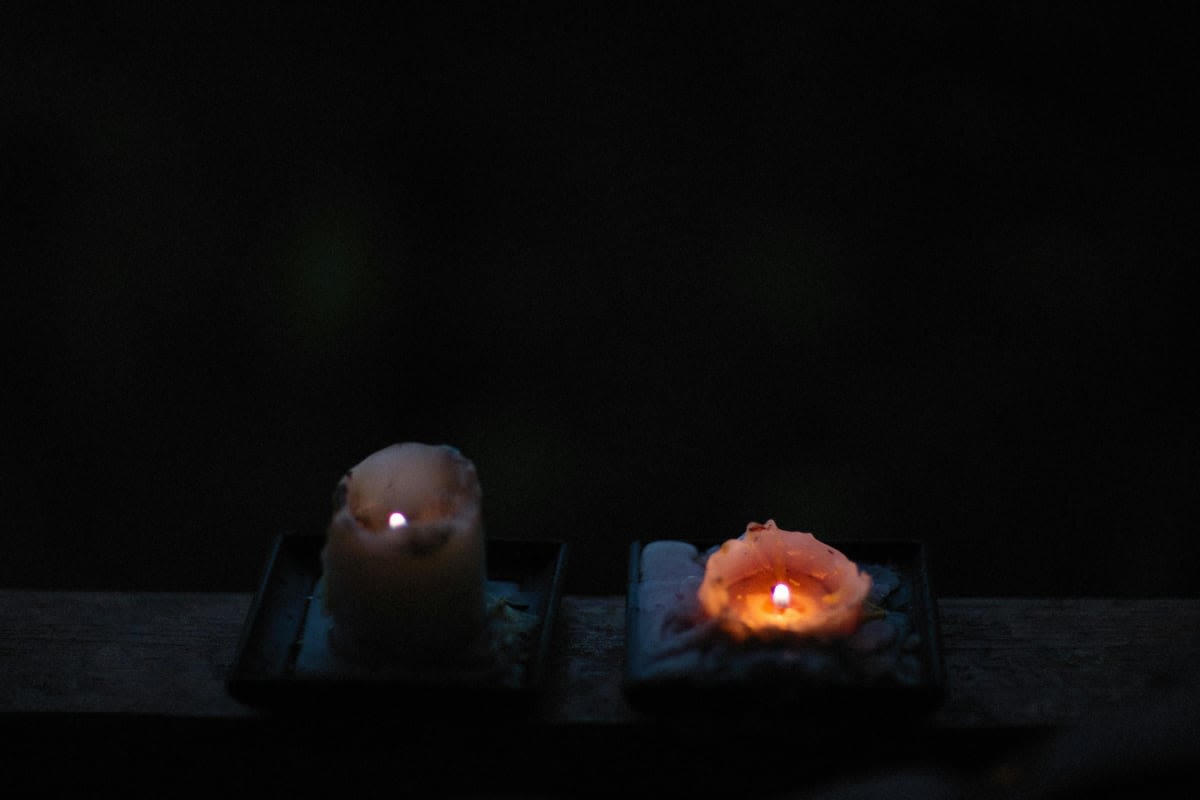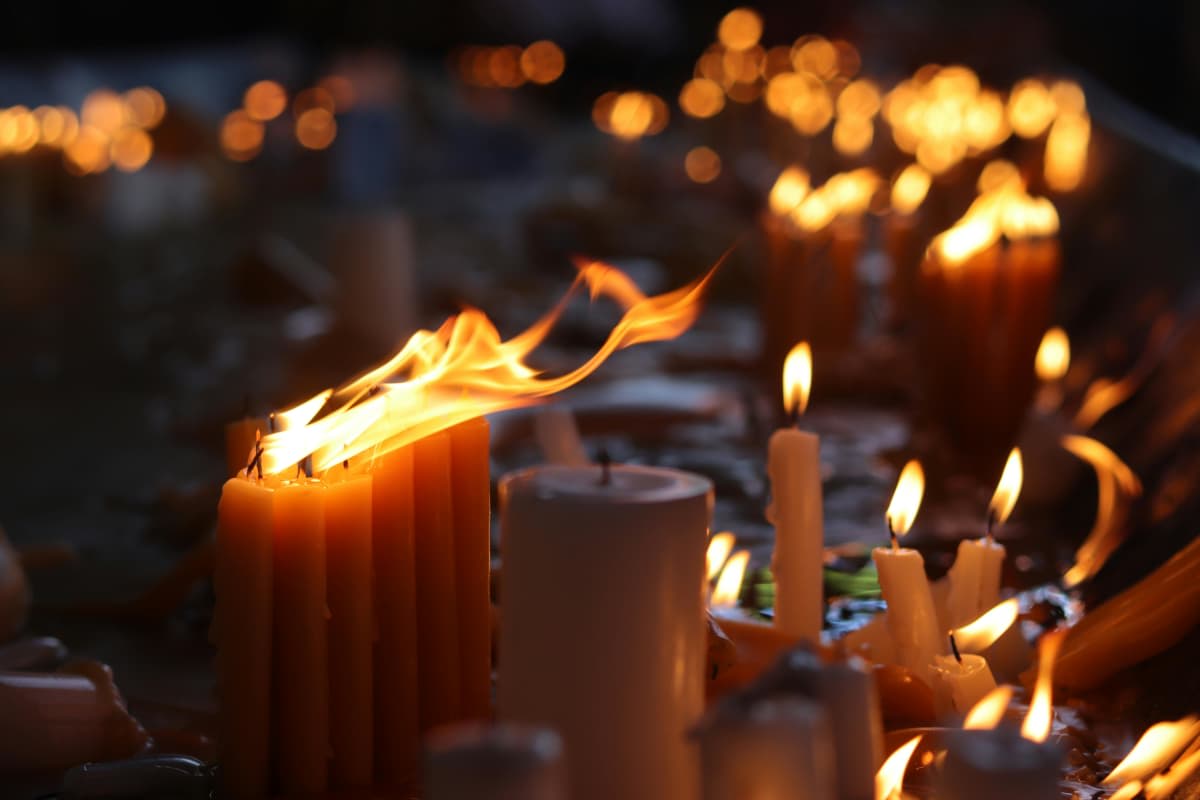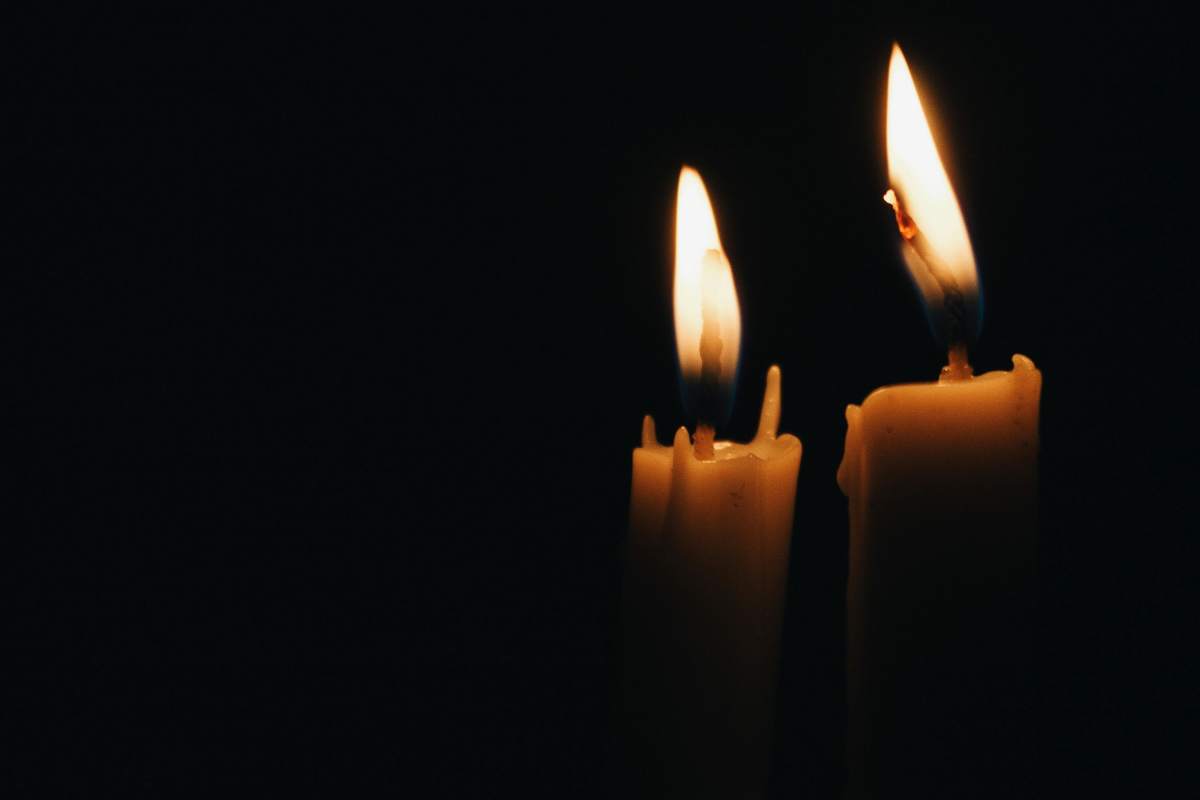Researchers discovered three Bronze Age wicks in exceptional condition while building new neighborhood in Israel

Archaeologists have uncovered rare lamp wicks in a new neighborhood at Yehud, Israel. The findings regarding this discovery were published in a study by ATIQOT. According to the investigation, these wicks are around 4,000 years old. If the assertion turns out to be true, then they are the oldest wicks to be discovered in the world. The features of these wicks also made them a rarity, as nothing like them has been unearthed in the region before. The announcement of these wicks came from the Israel Antiquities Authority (IAA).

Discovery of the Rare Wicks
The wicks were unearthed when authorities were excavating the region to make way for a new neighborhood, according to Times of Israel. They were placed in the Newe Efrayim tombs inside oil lamps. There were three wicks in total at the site. These tombs were dated back to the Bronze Age (2,500-2,000 BCE). Researchers believe the tombs may be holding these lamps as part of a tradition. Two wicks were discovered during preliminary cleaning of their lamps, while one was detected during conservation work in laboratories. Researchers are unsure how these lamps and, specifically, wicks, somehow managed to remain protected and preserved for centuries.
Why are these Wicks Rare?
Researchers were stunned to find these ancient wicks, as they mostly do not appear in Mediterranean climates. It is because the wicks either burn or decompose into the soil in such an environment. Furthermore, even if items looking like a wick are uncovered in archaeological digs, it is challenging to recognize them as such due to their similarity to other materials. In the case of Yehud, they were found in a lamp, which made the association a simple pursuit. IAA researchers Dr. Naama Sukenik and Dr. Yonah Maor labeled the finding "unique" because of their discovery site in the moist Mediterranean climate. These wicks are just a few of their era that have come in front of the world.

The fact that the wicks, which by their function should destroy themselves and are sensitive to moist climate, somehow managed to survive from the Bronze Age to the present was shocking for experts. One of the wicks was also fully intact, according to The Jerusalem Post. These lamps could be offerings to the departed soul, as they were detected alongside weapons, animal bones, pottery, and jewelry. Researchers believe that at least two of these lamps may have been lit during the funeral ceremony, as evidence in the form of soot traces was visible on them.

Insights from the Wicks
Laboratory tests showcase that the wicks underwent a sort of "fossilization" process across centuries. Results also reveal that the wicks were made of recycled linen fabric. It implies that 4,000 years ago, people were reusing and recycling items. It is an indication of smart economic behavior where raw materials were used to their fullest potential. Researchers back their theory that these lamps were lit in funerary rituals, as it was a common tradition across the ancient Near East. Researchers are on the lookout for more such findings. "Every discovery, no matter how small, is part of the great story of this country, and we see the utmost importance in publishing these findings," IAA Director Eli Escusido shared.